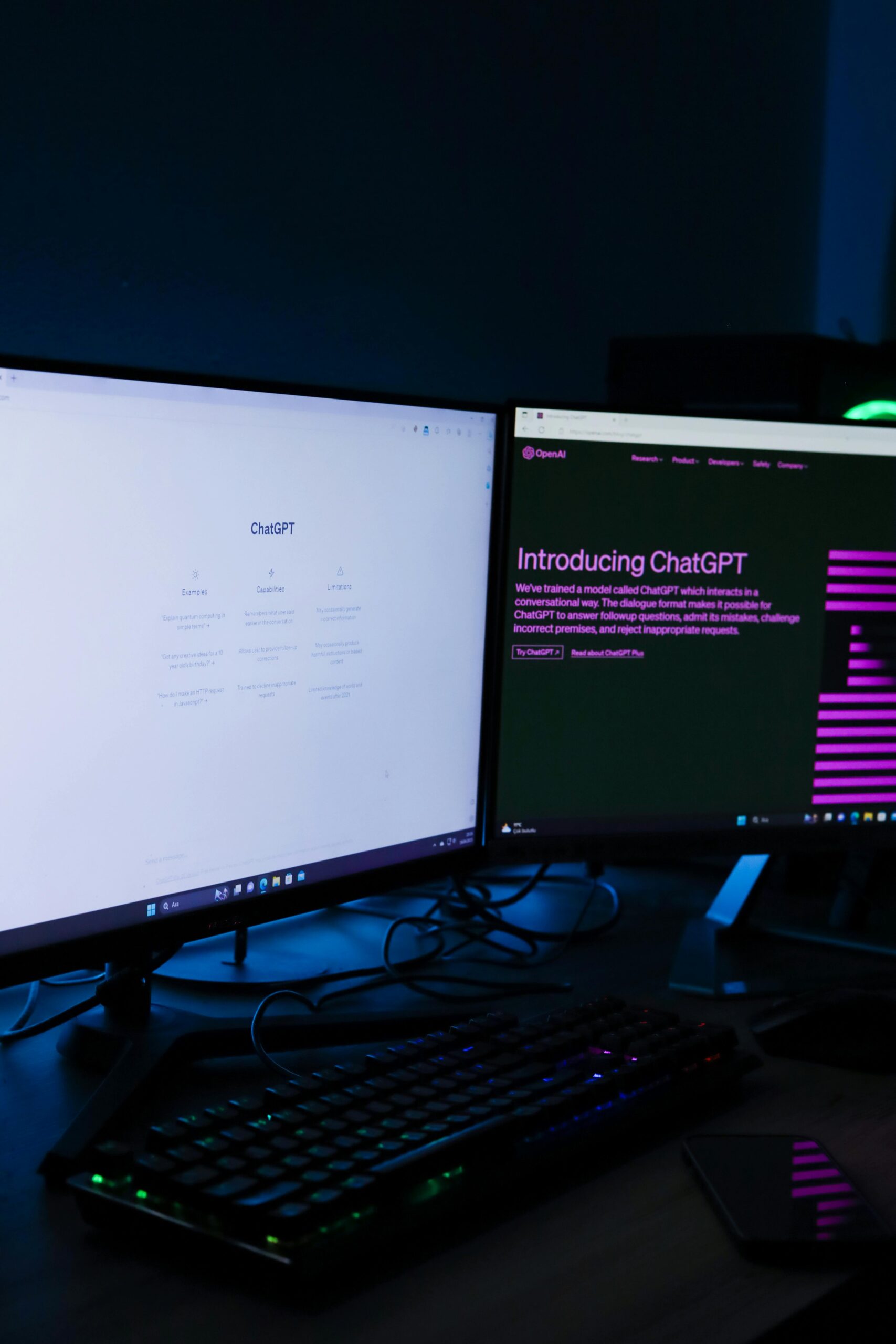
It’s easy to develop multiple pieces of content from a developing story, but how can newsrooms extend their coverage of other stories that also have audience interest?
If a topic or story is striking a cord with your audience, it’s not only beneficial to build on that content for readers, but it can also be a tool in growing the newsroom’s audience as well.
Why a data strategy is important
When a news organization can see that there is audience interest around a topic it’s a no brainer to ask yourself: what more can you do to super serve those readers?
Sometimes it’s pretty obvious that you need to do more coverage, like with a big breaking news story. But the great thing about using data regularly in your newsroom is that you can uncover stories that aren’t the big fire or car crash that can have just as much engagement as those big breaking news stories.
FREE GUIDE
Download Your Guide to Pitching Branded Content"*" indicates required fields
Data can tell us not only that people are clicking on a story but where they are coming from and how they are engaging in that content. That can help a news organization decide if the right path forward is a second-day traditional update or unique sidebar or something more evergreen.
Find the big story of the day
Establishing “the” story of the day can help center the newsroom on what it’s going to attempt to own that day. As we said, that sometimes will be obvious, but oftentimes it won’t be, and discovering what your audience is consuming and finding creative angles with that content can often create homeruns you were never imagining.
There are a few important things you should do to make all of this happen:
1. Have a budget meeting: This should happen every day and while decisions do need to get made about what goes on the front page and in the A Block for the 5 p.m. newscast, this meeting really should focus on the coverage plan for the day, how you want to tell those stories digitally and the tools and resources you are going to use to accomplish all of that.
2. Bring data: Decide what information you should bring to your budget meeting. Just showing the Top 5 most popular stories of the day is likely not enough. Develop KPIs that help identify how the audience is engaging with those stories (is it coming from search or is it direct traffic or social media), which should lead you to angles to pursue. It’s also important to bring in data from areas outside of your website like showing Google Search Trends, NextDoor, Facebook Groups and more.
3. Develop a list of stories: Based on what you are seeing in the data you’re bringing to the table, think about what people didn’t get answered in the story from the prior day and seek angles that can help readers digest the information easily and apply it to their life. This often can mean that the content can turn into Q&As, explainers and guides. Asking your audience is one of the simplest ways to know what path to head down by just asking them on social media what more they want to know.
4. Don’t just move on to what’s next: After newsrooms have reported a story they are often on to the next thing. But that isn’t always the right path to take, especially when you can see such big interest around a single story. So stick with it, even if that means that a story gets bumped a day or two. While your follow up doesn’t guarantee you will have the same success that the first story did, you at least know the audience has already shown some form of interest in it.

How does this work in the real world?
Here’s one example of a way to keep a story going, as shown by one of our clients.
• The original story: In February, the Albuquerque Journal posted a story about a local Walmart closing that generated a significant amount of traffic to their site. Wanting to strike while the topic was hot with readers, the newsroom found ways to extend that story with more digital content beyond the original announcement.
• The follow up story: Walmart was one of the major grocers for residents in that district, so it’s natural that people would start looking for other places to shop. The day after the original announcement was posted, the Journal did a follow up listing all of the other grocery stores in the area that residents could check out to do their shopping once Walmart’s doors close.
Not only is that story helpful for readers in real-time as they navigate through this change, but its mileage could extend even further. With good Search Engine Optimization strategies, it has the ability to become a resource for residents down the line who are new to the area or looking for specialty grocers.
Now, that content extends well beyond the announcement that Walmart is closing and becomes evergreen.
• The overall impact: A few weeks later, the Journal staff went back to the story and did another follow up, this one centering around what it looked like when Walmart began to close. In this story, the newsroom staff detailed what was being done with the food and other goods, how busy the store was, and even included photos and descriptions of the store emptying.
This then piqued the interest of people who weren’t residents of the district, simply because they wanted to see what that looked like, bringing in more traffic to the site.
With these follow-up stories, the Journal has created an evergreen web of content that can span well beyond its existing news cycle and the residents affected, all generating traffic back to their site.
Content strategies is just one of the many services we can provide at David Arkin Consulting. To learn more about our services, visit davidarkinconsulting.com or email david@davidarkinconsulting.com.
We'd love to help your organization! Fill out the form below to get started.
Recent Posts

Advertisers love these engaging newsletter units

These GPTs will elevate your content & revenue

How and why your SEO strategy should evolve

Here’s how to make editor and publisher letters more useful for your audience

David Arkin Consulting welcomes Olivia Sims as content writer
Case Studies

How this unique coaching program taught a reporter the digital skills she needs for the future

How branded content sales exploded for this newspaper in New York

How a TV station in South Dakota significantly grew its traffic through Stacker’s news wire

How these changes helped this newspaper’s coverage of a limo trial skyrocket to the top of Google search result pages

